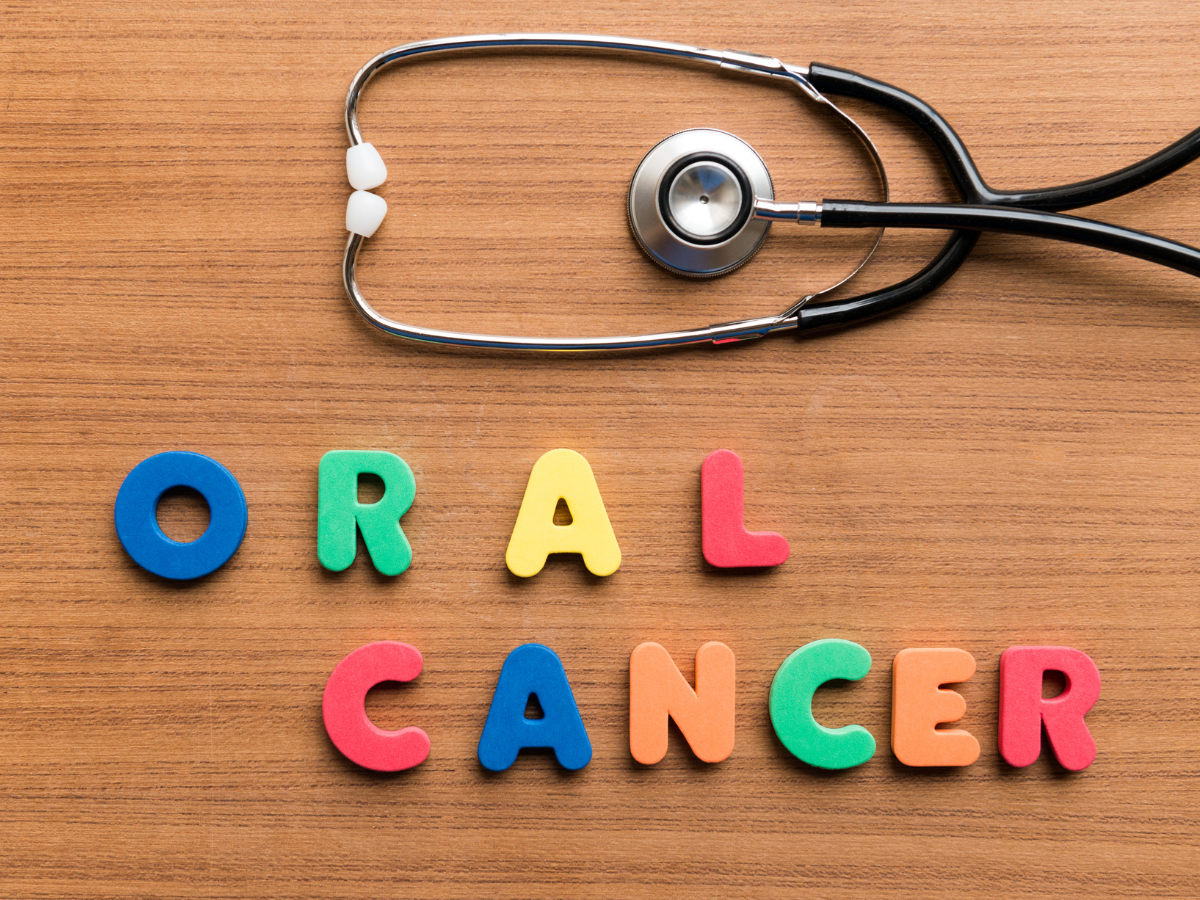Oral Cancer: Risks, Symptoms, and Screening
Oral cancer refers to cancers of the throat and mouth that appear as a growth or sore that does not heal. It can affect the throat, lips, tongue, the floor of the mouth, cheeks, and sinuses.
According to the American Cancer Society (ACS), oral cancer is twice as likely in men than in women. The highest risk of getting the disease is for men over 50. However, oral cancer can be fatal if it is not treated promptly, regardless of age or gender.
Oral Cancer Symptoms
Some symptoms of oral cancer include:
-
Ear or mouth pains
-
Lip or mouth sores that won’t heal
-
Lump in the cheeks and neck
-
Red or white spots around the mouth
-
Thickening or swelling
-
Sore throat
-
Extreme weight loss
-
Difficulty in eating
According to centurydental.org, oral cancer symptoms are painful but often noticed. Oral cancer in its earlier stages is curable; catching its early signs and diagnosing it is crucial.
Who Is at Risk of Oral Cancer
Mouth cancer is more common in those with a family history of cancer. The following factors also increase your risk of developing oral cancer:
-
Tobacco, cigarettes, and pipe smoking
-
Consuming alcohol
-
A previous oral cancer diagnosis
-
Too much sun exposure
Sometimes, the human papillomavirus (HPV) can cause oral cancers, and you can pass it to others if you’re unaware. Dentists can detect them during a routine dental checkup.
What Is Oral Cancer Screening?
An oral cancer screening exam is a way to check for signs and symptoms of cancer in your mouth. A doctor or can perform oral cancer screenings.
Some of the areas they will screen for oral cancer include:
-
Lips
-
Line your cheeks with a lining
-
Tonsils
-
Floor and roof of the mouth
-
Gums
-
Tongue
Oral cancer screenings don’t need any preparation; it’s quick, easy, and often performed during regular dental visits.
What Happens During an Oral Cancer Screening ?
Your dentist or doctor will examine your mouth and throat for any lesions and abnormalities like thick, white patches known as leukoplakia or abnormal red areas called erythroplakia.
The exam usually takes less than five minutes. In some cases, your dentist or doctor may use special dyes and light to detect signs of oral cancer. These tests include:
-
Exfoliative cytology – Your dentist will take some cells from your mouth using a toothbrush, cotton, or wooden stick. Then they look under the microscope to see if any of the cells they find are abnormal.
-
Fluorescence staining – This test involves using a fluorescent mouth rinse and a special light shone on lesions to identify tissue abnormalities.
-
Toluidine blue stain – Mouth lesions are coated with Toluidine blue dye to detect areas susceptible to becoming cancerous.
What Happens After an Oral Cancer Screening?
Oral cancer screening is used to detect signs but not to diagnose cancer. Aside from follow-up visits to check if the abnormal areas are still there, your doctor or dentist may recommend some of the following tests to diagnose oral cancer:
Biopsy
The only way to confirm a cancer diagnosis is through biopsies, where a small amount of tissue or cells are taken and examined under a microscope by a pathologist. They specialize in diagnosing diseases by interpreting laboratory tests.
HPV Testing
A pathologist can use samples taken during a biopsy for HPV testing. This test helps determine the cancer stage and treatments that are most likely to work.
Barium Swallow or Modified Barium Swallow
A barium swallow helps medical experts check for swallowing difficulties. In a traditional barium swallow, patients are asked to swallow liquid barium during an X-ray exam, allowing doctors to see if the liquid will pass easily to the stomach and find changes in your mouth and throat’s structure. On the other hand, a modified barium swallow uses a moving X-ray to evaluate swallowing.
Computed Tomography (CT) Scan
A CT scan allows medical experts to see the body’s insides from different angles. They use an X-ray to take different images and combine them using a computer to create a detailed, 3D image that can show tumors and other abnormalities. Your doctor can use these images to determine the tumor’s size and whether it has spread to the lymph nodes or lower jawbone. It also helps them decide if surgery will be necessary.
A contrast medium that can increase contrast is injected into a patient’s vein or swallowed as a liquid or pill to enhance the scan’s details.
Magnetic Resonance Imaging (MRI)
An MRI machine uses magnetic fields to create a body’s detailed image. Like a CT scan, medical experts can use MRI used to measure a tumor’s size, and it involves using a contrast medium to get more detailed scans.
Key Takeaway
Oral cancer is a fatal disease that is more curable when detected early through an oral cancer screening. A dentist or doctor will examine your entire mouth and throat. If they find anything suspicious, they may recommend other tests for a more definitive diagnosis. Some tests include a barium swallow, CT scans, MRI scans, HPV testing, and biopsy.

